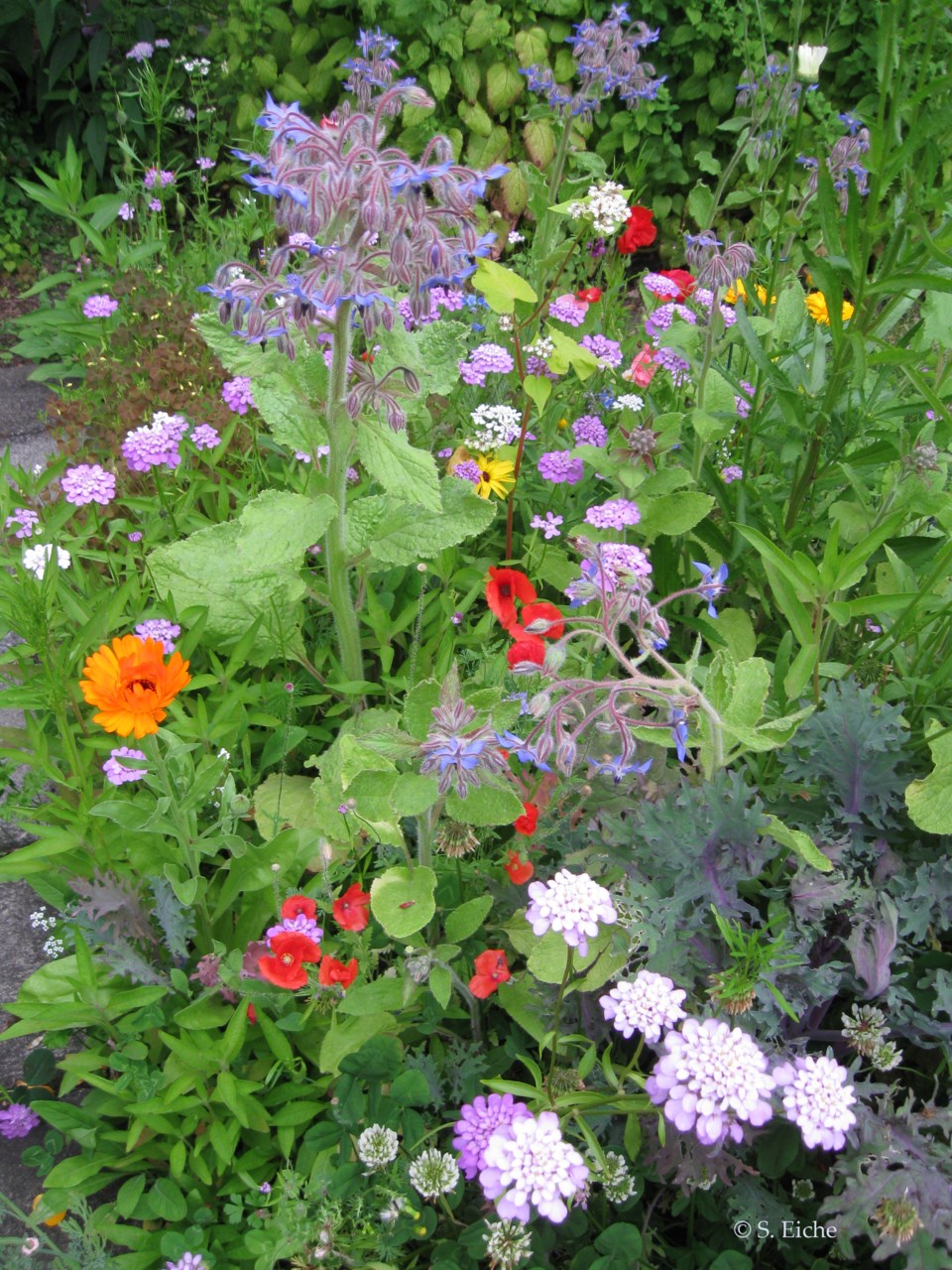Can you grow a beautiful garden without a smartphone? Yes! Without a computer? Yes! Without how-to books? Yes!
Think of the ancient Romans. There were many keen plant growers in that society, although most were involved with farming. They didn’t have libraries of books to consult – anyway, the majority of the population couldn’t read. They didn’t have experts to consult, either. What they knew about plants came to them handed down by word of mouth. It also came from careful observation. Eventually treatises were written, but for the educated landowners. The subject was, of course, agriculture (formed from the Latin “ager”, field, and “cultura”, growing). Cato the Elder (234-149 B), a Roman soldier, senator and historian, produced the earliest treatise, De Agricultura (which, incidentally, is also the oldest surviving work in Latin prose). He was followed by Marcus Terentius Varro (116-27 BC), with the three-volume work De Re Rustica. Both Cato and Varro gained much of their knowledge from direct experience.
There are now thousands of publications available on birds and plants. However, I believe that the greatest reward is derived from what you experience and observe yourself, not from what a book, or Google, tells you.
When I began to garden over a decade ago, I grew not only vegetables for my own table but also herbs and wildflowers for birds and insects. I went on to the internet and read what was written on the seed packets. I followed their instructions. In a couple of months my wildflower-herb beds appeared as pretty as anything I’d seen published.
Then I noticed that year after year the beds would look increasingly as if they were taking the shape and appearance their residents – the plantings – preferred, not what was described or pictured in books or the internet. The perennials had established themselves in certain locations, and the large ones often had smaller ones growing nearby, or even sheltered beneath their lowermost foliage. The annuals were newcomers who quickly learned to respect the perennials. Many would self-seed, and most often the seeds would fall in places were there would be no conflict with the perennials.
Birds, too, participated in the layout of the garden beds. In the spring, ground-feeding birds such as sparrows and juncos would look for seeds in the beds. They’d disturb them as they pecked at them, eating some of the seeds and moving others around. This didn’t bother me. I liked the idea of letting nature arrange things as it saw fit. Many of the seeds that the birds ate would eventually return to the earth, ready to germinate,wrapped up in good fertilizer.
As I watch what goes on in my garden I am, of course, communing with nature. That’s hardly a new trend. The special relationship between humans and the natural world surrounding them, particularly the landscape, reached a height in England in the 18th century. More recently, in the 1980s, the Japanese coined the term shinrin-yoku, meaning forest bathing, a kind of ecotherapy to counteract the stress of modern life. Today many of us yearn to be reconnected with basic values and positive emotions. We’ll be taking a step towards this goal if we start paying attention to the nature around us.
Sabine Eiche is a local writer and art historian with a PhD from Princeton University. She is passionately involved in preserving the environment and protecting nature. Her columns deal with a broad range of topics and often include the history (etymology) of words in order to shed extra light on the subject.



